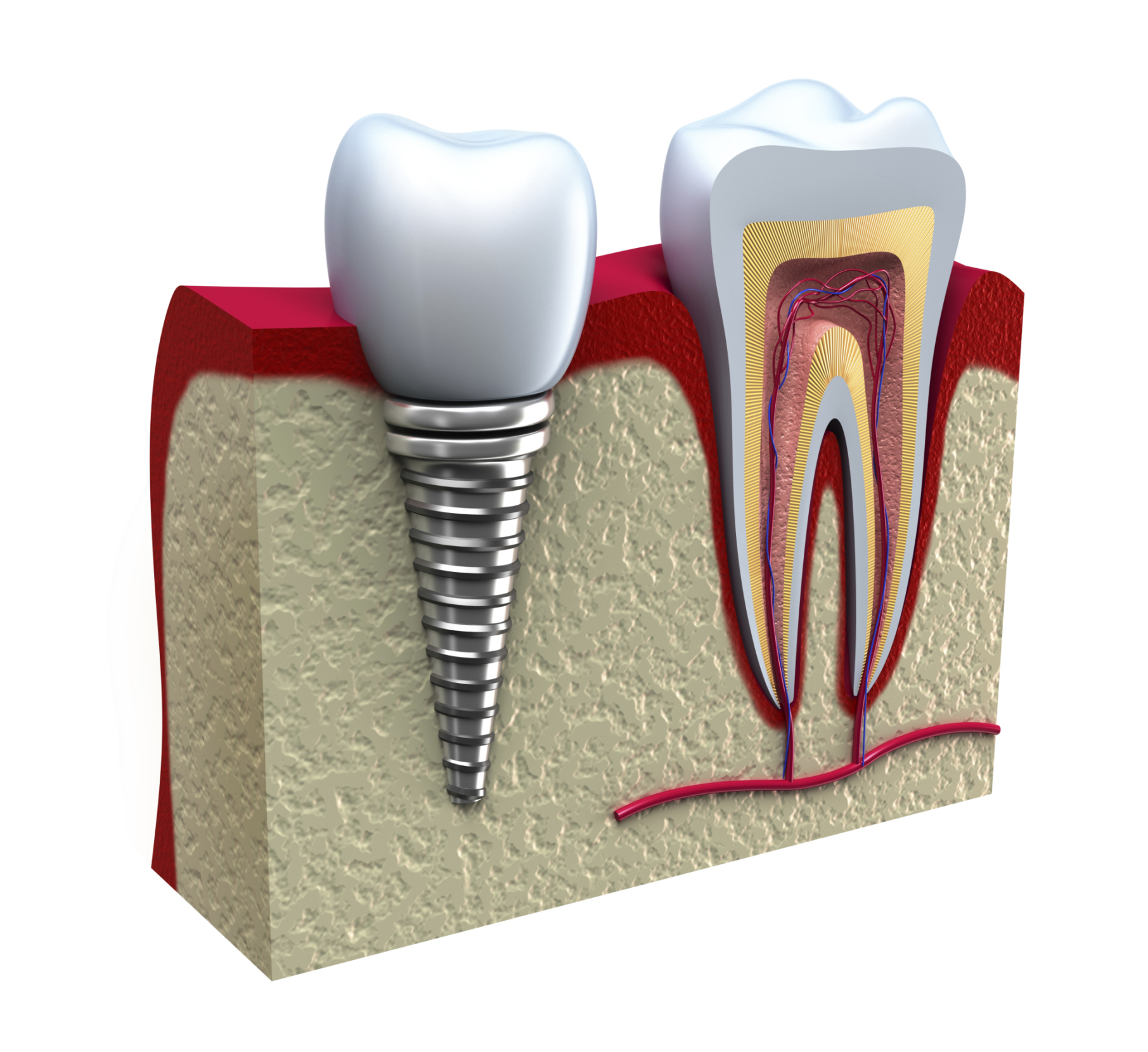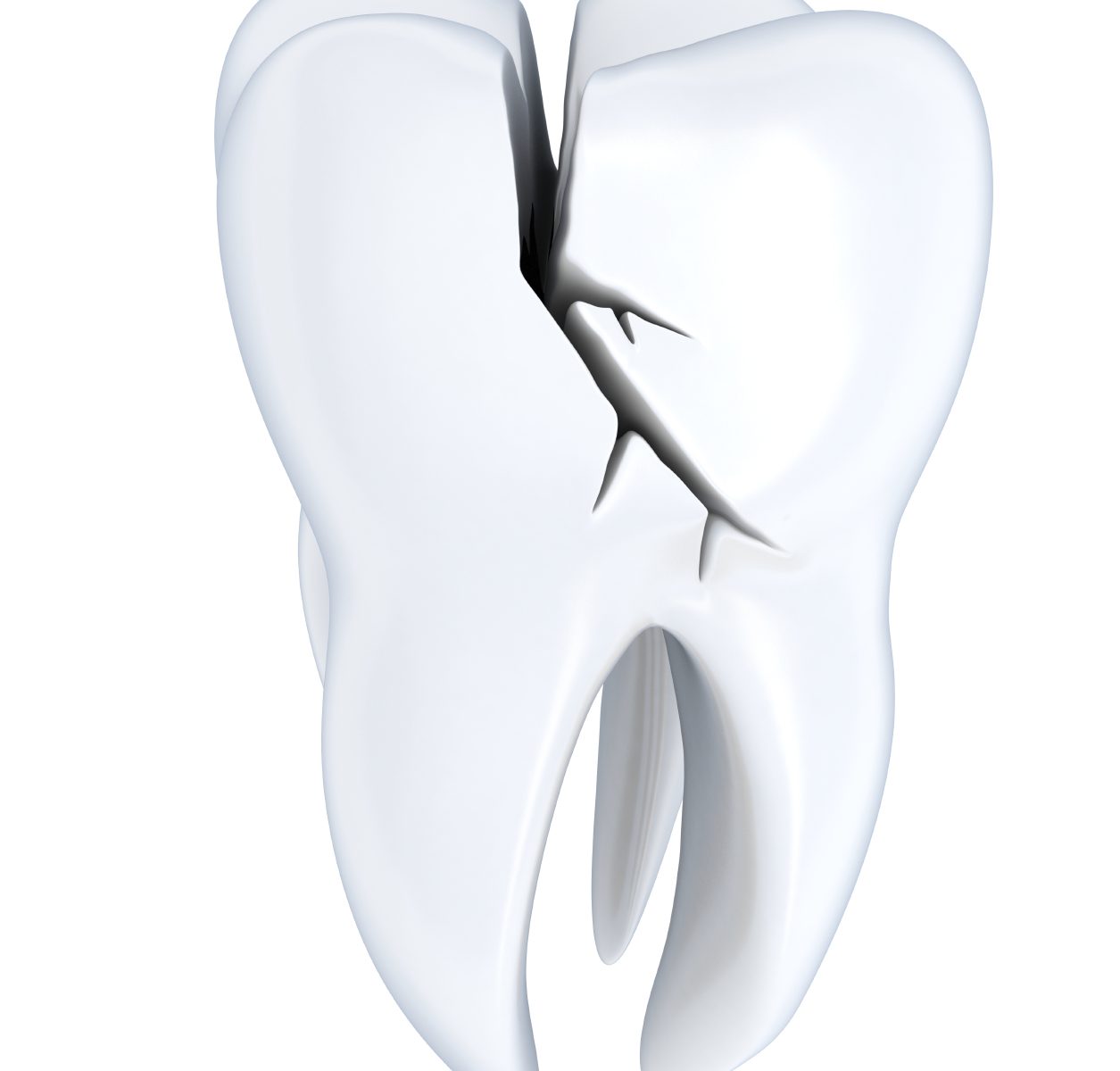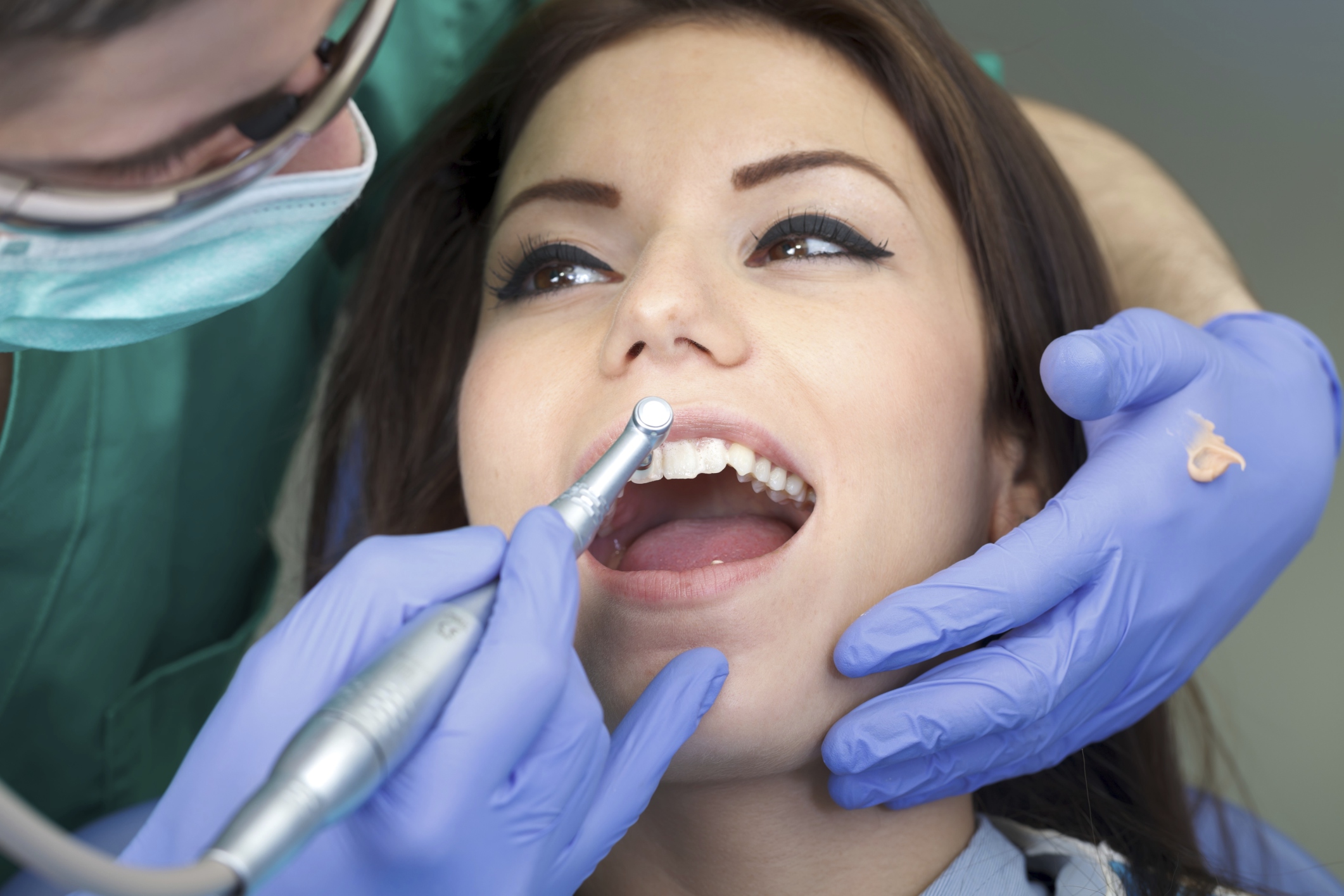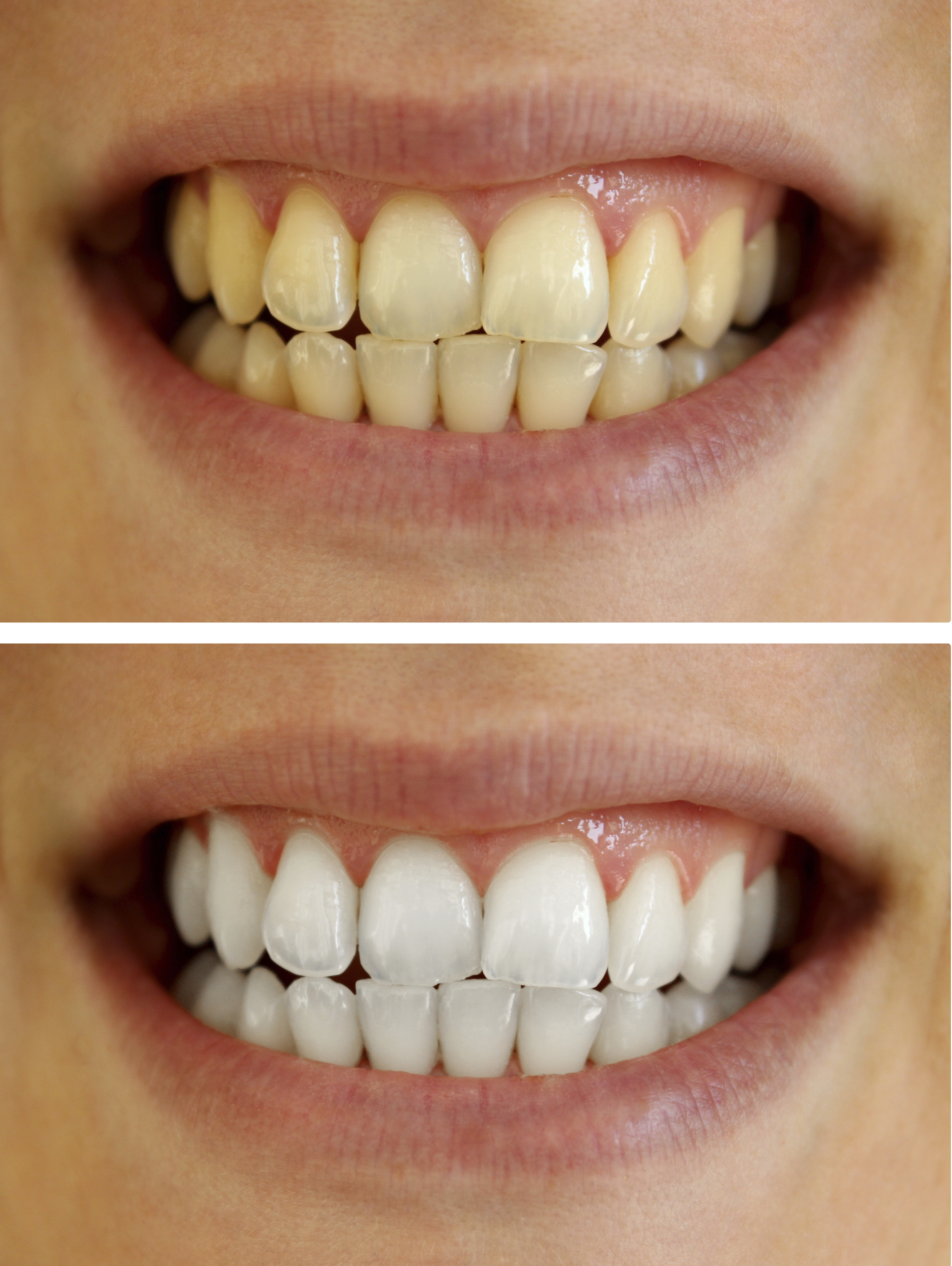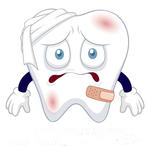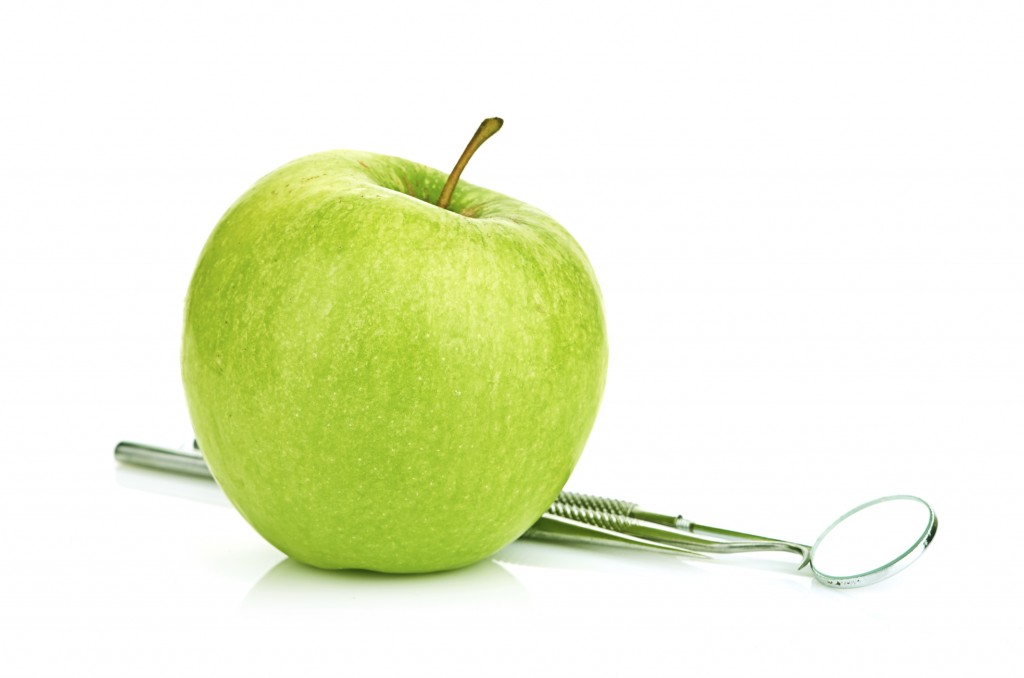A toothache can be a nagging, debilitating pain that disrupts your daily life. While it’s a common complaint, understanding its causes, prevention, and treatment options can help manage and alleviate the discomfort. This blog delves into the intricacies of toothaches and offers practical advice on how to handle them.
Causes of Toothaches
Toothaches can result from various underlying issues, each requiring different treatment approaches:
- Tooth Decay: Cavities are a primary cause of toothaches. Bacteria in the mouth produce acids that erode the tooth enamel, leading to decay and pain.
- Gum Disease: Inflammation and infection of the gums, known as periodontal disease, can cause pain that is often mistaken for a toothache.
- Tooth Abscess: An untreated cavity can lead to an abscess, a pocket of pus caused by bacterial infection, resulting in severe pain and swelling.
- Tooth Fracture: A cracked or broken tooth can expose the nerve endings, causing significant pain.
- Tooth Sensitivity: Exposure to hot, cold, sweet, or acidic foods and drinks can trigger tooth pain in individuals with sensitive teeth.
- Erupting Teeth: Growing teeth, such as wisdom teeth, can cause pain as they push through the gums.
Prevention of Toothaches
Preventing toothaches involves maintaining good oral hygiene and regular dental check-ups:
- Brush and Floss Daily: Brushing twice a day and flossing once a day helps remove plaque and food particles that can lead to tooth decay and gum disease.
- Regular Dental Visits: Routine dental check-ups and cleanings help identify and address potential issues before they become painful problems.
- Healthy Diet: Limiting sugary and acidic foods can prevent tooth decay and maintain overall oral health.
- Use Fluoride: Fluoride strengthens tooth enamel, making it more resistant to decay. Use fluoride toothpaste and consider fluoride treatments from your dentist.
Treatment of Toothaches
When a toothache strikes, several treatment options are available:
- Over-the-Counter Pain Relief: Pain relievers such as ibuprofen or acetaminophen can help manage the pain until you can see a dentist.
- Cold Compress: Applying a cold compress to the outside of your cheek can reduce inflammation and numb the area, providing temporary relief.
- Saltwater Rinse: Rinsing with warm salt water can help reduce inflammation and clean the affected area.
- Visit a Dentist: For persistent or severe toothaches, a visit to the dentist is crucial. The dentist can diagnose the cause and recommend appropriate treatment, such as fillings, root canals, or extractions.
Toothaches are a common but preventable issue. By understanding the causes, maintaining good oral hygiene, and seeking timely dental care, you can reduce the risk of experiencing toothaches. If you do suffer from one, effective treatments are available to alleviate the pain and address the underlying cause. Taking care of your teeth not only ensures a healthy smile but also contributes to your overall well-being.
Interested in learning more? Call to schedule an appointment today at 702-735-2755 or visit us online at www.patricksimonedds.com today.
Dr. Patrick Simone proudly serves patients from Henderson and all surrounding areas.


